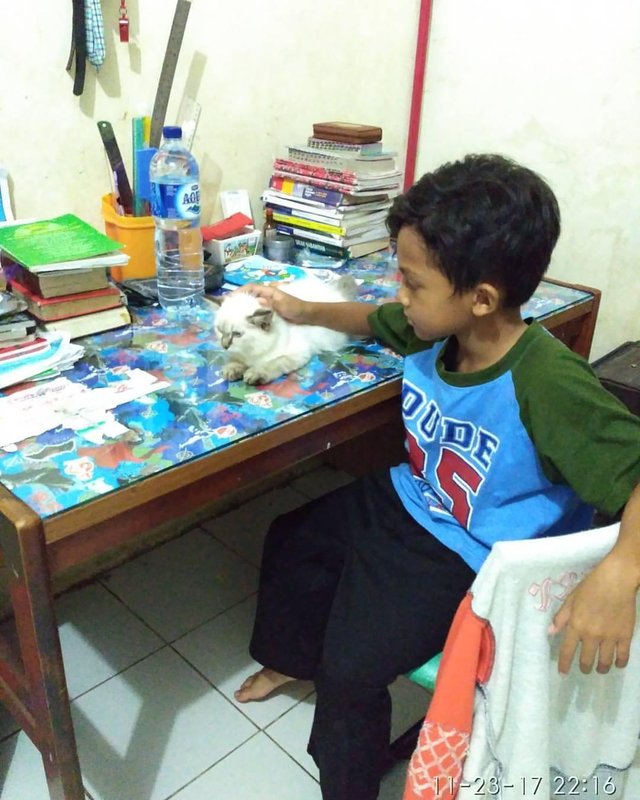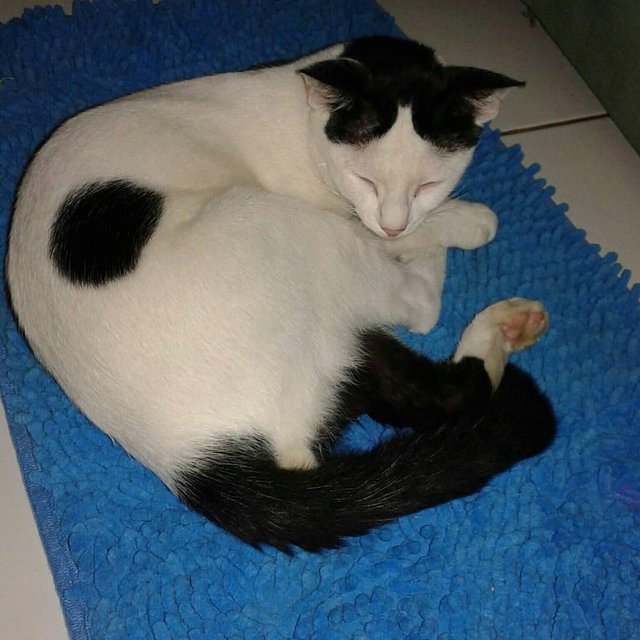How To Know Whether a Cat Is Sick
One of the happiness in caring for a cat is her relaxed nature. Expert cats relax and live a lifestyle that only we can dream of: play, eat, and sleep. Unfortunately, this habit can be a disadvantage if the cat fell ill. Instinctively, the cat can then try to hide, or one of its habits (sleep) becomes excessive. To determine whether a cat is really ill, knowing which symptoms to observe will help.
Method 1 of 3:
Observing Attitudinal and Appearance Changes

1
Notice how many cats you sleep. The sick cat will sleep more. If the cat has no symptoms of other diseases such as vomiting, diarrhea, loss of appetite, or visible swelling, then observe the cat carefully. If the symptoms show, check the cat to the veterinarian. If the cat does not show any other symptoms, keep an eye on for 24 hours (of course it's okay to get a cat to the vet before doing this if you're worried). When a cat enters the second day of excessive fatigue, it's time to take her to the veterinary clinic. [1]

2
Check the cat's body temperature for fevers. Use a rectal thermometer to check cat temperatures. But if the cat becomes depressed, you should stop and let the vet do it. 37.5 to 39.2 degrees Celsius is the normal temperature range, while any number above 39.2 degrees Celsius is considered high temperature, and more than 39.4 degrees means fever. Bring a cat to a veterinarian if it has a fever. [2] Feverish cats usually sleep, refuse food, and often have dull fur sticking out at an odd angle. The nose and ears of the cat may be dry and warm when touched by hand at normal body temperature. Although touching the ear is an inaccurate way to check the temperature of the body, if the cat's ear feels cold, then the possibility of a cat has no fever.

3
Notice any changes to the cat's habit of using a litter box. Note: how often do cats use trays, whether the cat has difficulty, whether there is blood or mucus in the urine, or whether the stool is hard and like a bundle. [3] If the cat had had diarrhea but still push or have constipation (marked with hard and dry stool) take the cat to the veterinarian. Pushing repeatedly and not removing urine or blood should make you quickly contact a veterinarian. [4] Male cats are prone to having a bladder, precisely the difficulty of removing water. Symptoms include frequent visits to the talam, and perhaps even squatting outside the talam. Cats may squat for several minutes or often stand up and move to a new place and then squat back. If possible, check if the cat produces urine (is it wet or dry?) If yes, check for blood. [5]